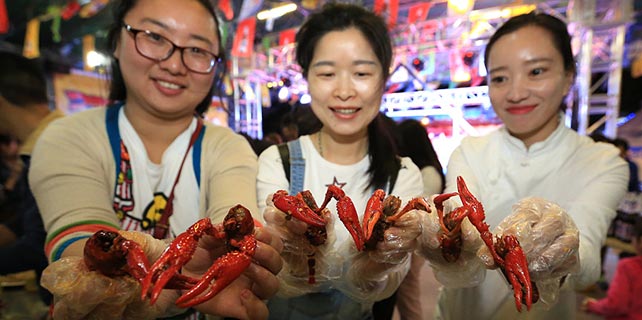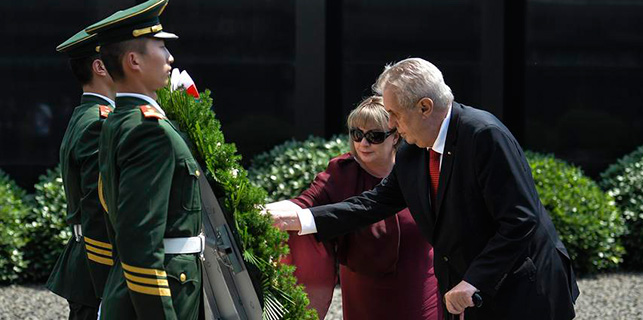Choked by traffic, Bangkok revs up to beat air pollution
TIGHTER EMISSIONS LIMITS
Bangkok, home to some 9 million people, remains relatively smog-free, even though vehicle numbers have been increasing every year, experts say. In the first four months of 2017, the city registered 300,000 new vehicles, including buses and motorcycles, bringing the total to nearly 9.5 million.
Despite having the second-worst traffic congestion in the world after Mexico City, according to a global traffic index compiled by navigation company TomTom, Bangkok topped a 2015 list ranking popular tourist destinations on their air quality, from UK-based firm Airport Parking and Hotels.
It may not stay there for long.
"Since the 1990s, the number of automobiles is increasing, so you have more congestion and more sources of emission. That's a big challenge," said Bhichit Rattakul, who founded the Anti-Air Pollution and Environmental Protection Foundation a decade before being elected governor of Bangkok in 1996.
To combat this, the PCD has reached preliminary agreements to impose the Euro 5 standard, which further limits pollutants in fuel, by 2023 for oil refineries and by 2024 for vehicles.
"The important thing is that the Thai government implements these policies with Thai industry," said Teera Prasongchan,chair of the Thai Automotive Industry Association's committee on technical issues and deputy general manager of Toyota Motor Thailand. "That means we have to sit down and talk, and compromise with each other," he added.
Thailand has been using the Euro 4 standard since 2012, while the latest standard is Euro 6.
The upgrade in six to seven years may seem a long way off, but Supat, who has retired after working on air pollution issues for almost three decades but still advises the PCD, said it pays to be patient. The important thing is to "have a fixed and endorsed timeline", he said.
UNPOPULAR DECISIONS
Bangkok is an example of what other Southeast Asian cities can do to improve air quality, said Glynda Bathan-Baterina, deputy executive director of the Manila-based NGO Clean AirAsia. Still, these "tailpipe solutions" only tackle emissions on a per unit, per vehicle basis, she noted.
"The real solution is looking at a mass transport system that can bring massive numbers of people in and out of the city while encouraging them to leave their vehicles at home," she said.
Bangkok is planning 12 more rapid transit train lines but they will not be ready until 2029.
Other low-emission solutions, such as electric or hybridcars, are still a rarity in Thailand. Teera from Toyota said car manufacturers here are adopting a wait-and-see approach due to concerns over infrastructure and energy supply.
In the meantime, politicians and city leaders need to enforce higher air quality standards to keep residents safe and healthy, former governor Bhichit said.
"The public can avoid the bad places but ultimately, that's not the direction the city should be moving in," he said.
During Bhichit's time in office, air pollution was so bad he put up signs urging people to avoid Silom Road in downtown Bangkok in the afternoon, and cracked down on vehicles whose emissions exceeded standards.
"People were not happy with me. They drove to my house and blew their horns every morning. The automobile industry also made a big noise," he recalled. "But I did not listen much."
Thomson Reuters Foundation
- Sanmenxia uses lasers to detect air pollution
- Air pollution more than half of environmental complaints in China
- Sandstorm envelops Beijing, air pollution reaches dangerous level
- Chinese air pollution inspectors find problems in 285 companies
- Karamay to strengthen air pollution control
- Air pollution up in N. China
















